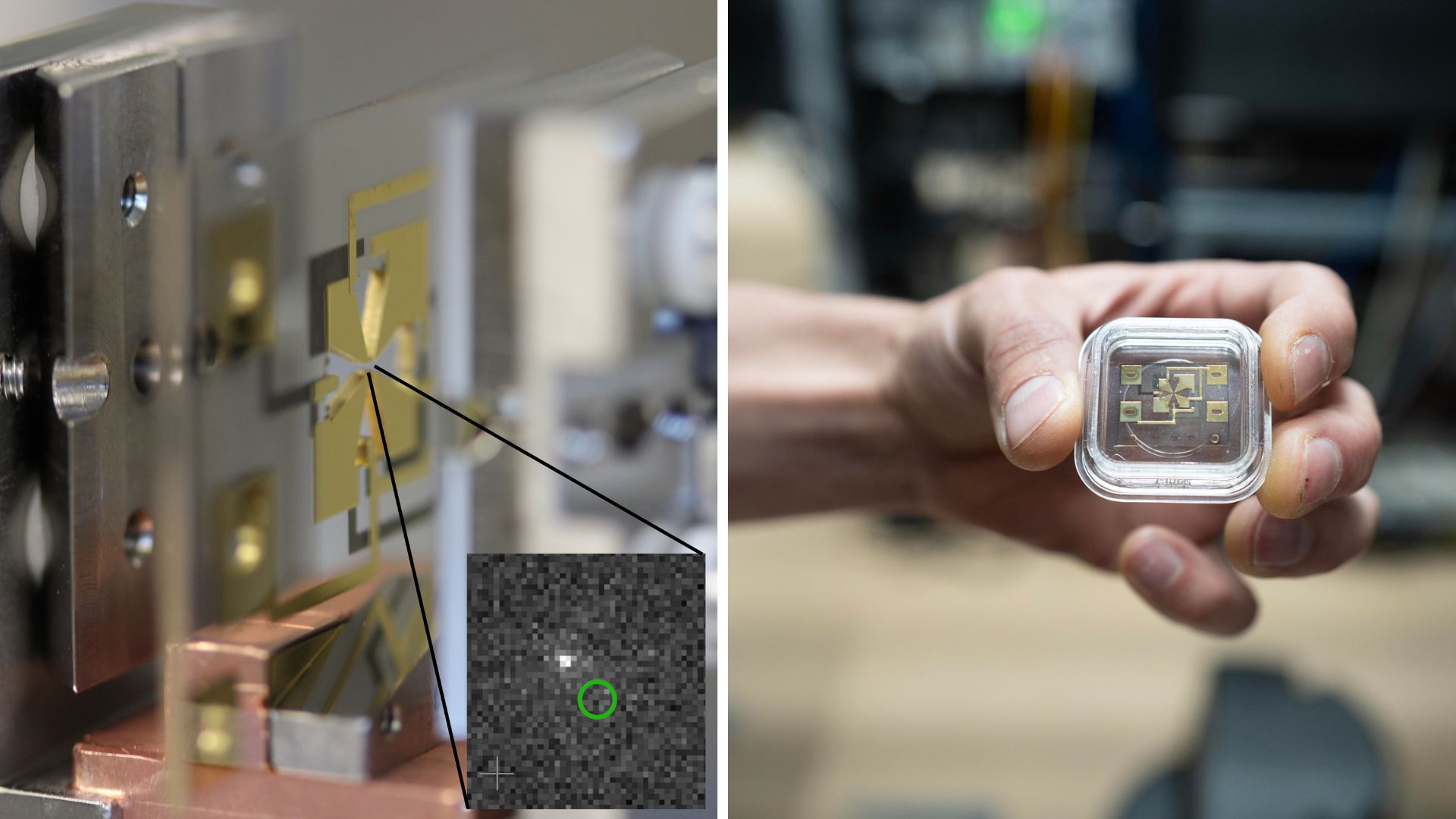The National Institute of Standards and Technology (NIST) U.S. has set a new world record for the most accurate aluminum ion-based optical atomic clock.
This clock sets a new time-keeping benchmark, accurately measuring a second down to its 19th decimal place. That’s a major leap, making it 41% more accurate and 2.6 times more stable than the former record holder.
The aluminum ion clock’s accuracy record stems from two decades of persistent refinement.
Aluminum ion clock
Optical atomic clocks precisely measure time by tracking the vibrations of super-cooled, charged atoms called ions using lasers.
While cesium atomic clocks were long the standard, new aluminum ion-based clocks are emerging as more stable and accurate timekeepers due to technological advancements.
A single aluminum ion is at its heart, known for its incredibly steady, high-frequency “ticking.” It’s so stable that it surpasses the cesium atom, which currently defines the scientific second.
But this ion has a secret. Aluminum is a bit “shy” and difficult to work with on its own.
So, the NIST team devised an interesting solution: a “buddy system.” They paired the aluminum ion with a magnesium ion.
Magnesium is easy to control with lasers, and it acts as the aluminum ion’s helper, cooling it down and allowing its “ticks” to be read out.
“This ‘buddy system’ for ions is called quantum logic spectroscopy,” said Willa Arthur-Dworschack, a graduate student on the project.
High precision
Achieving this level of precision wasn’t easy. Every component of the clock had to be perfected. One major hurdle was the ion trap itself.
Tiny, unwanted movements of the ions, called excess micromotion, were throwing off the clock’s accuracy.
The team redesigned the trap, using a thicker diamond wafer and modifying the gold coatings to eliminate these disturbances. By refining the trap, the team successfully slowed the ions’ motion, allowing them to tick without disturbance.
Even the vacuum chamber played a key role. Ordinary steel vacuum chambers would release hydrogen gas, interfering with the delicate ions.
Therefore, they rebuilt the chamber from titanium, reducing background hydrogen by 150 times. This meant the clock could operate for days, not just minutes, without needing to be reset.
And finally, a laser. Not just any laser, but one of the most stable in the world, courtesy of Dr. Jun Ye’s lab at JILA, another NIST joint institute. This ultrastable laser boosted the clock’s stability.
The laser beam traveled 3.6 kilometers (over 2 miles) via fiber optic links to NIST, where a frequency comb (acting as a “ruler for light”) allowed the aluminum ion clock’s laser to adopt its superior stability.
The technique allowed the aluminum clock’s laser to achieve unprecedented stability, reducing the time needed for measurements from weeks to just a day and a half.
Use in quantum physics
The new clock will contribute to the redefinition of the second, opening doors for incredible scientific and technological advances.
These upgrades could help explore new quantum physics concepts and develop quantum technology.
Also, it could become a vital tool for measuring Earth’s geodesy, which deals with geometric shape, orientation in space, and the gravity field.
Moreover, it could investigate physics beyond the Standard Model, even exploring the possibility that fundamental constants aren’t fixed values but change.
In April, another development came from lab, which announced the creation of NIST-F4, a new atomic clock now recognized as one of the world’s most accurate timekeepers.
The findings were published in the journal Physical Review Letters.
